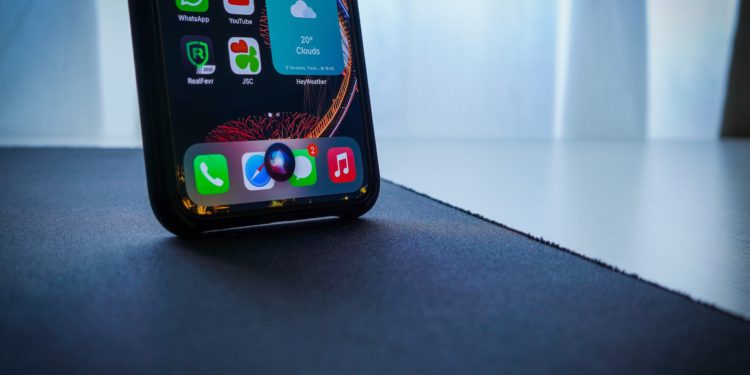According to a new report, the iPhone 16 Pro will feature Face ID technology entirely under the display to provide more usable display space.
The Korean-language news site The Elec reportedthat Apple will move the components required for Face ID authentication directly under the iPhone's display in 2024. When not in use, the TrueDepth camera for Face ID will no longer be visible under the display but will blend seamlessly with the surrounding screen. The report clarifies that the hole in the display for the front camera will remain on the iPhone 16 Pro. But the overall display area and sense of immersion will be improved. It added that the display cutouts will remain the same from the iPhone 14 Pro to the iPhone 15 Pro later this year as the under-display technology is not ready yet.
iPhone 16 Pro: Apple roadmap was already discussed in 2022
The report also confirmed rumors that all four models in the iPhone 15 lineup will offer the Dynamic Island, so this feature will expand from the iPhone 14 Pro and iPhone 14 Pro Max to the two standard models later in 2023. Further in the future, the report said, after implementing Face ID technology under the display, Apple will switch to an under-panel camera (UPC), eliminating all display cutouts currently found on the iPhone. This is consistent with the roadmap presented by display analyst Ross Young in May 2022. He outlined a cycle in which Apple will alternate between introducing Pro and non-Pro models with revised display cutouts or new under-panel technology each year:
By 2027, the iPhone could completely do without display cutouts
Given the remaining technical challenges for under-panel cameras to meet the quality requirements of demanding brands and the cost requirements of panel manufacturers, I still believe this roadmap makes sense for the iPhone.
The Pro models will be the first to receive such display innovation, as first seen last year with the Dynamic Island on the iPhone 14 Pro and iPhone 14 Pro Max, while the iPhone 14 and iPhone 14 Plus were equipped with the same "notch" as the iPhone 13. This also means that each configuration of display cutouts and underbody technology will last a maximum of two iPhone generations before the device has the entire usable display area sometime around 2027. (Photo by Unsplash / Miguel Tomás)





